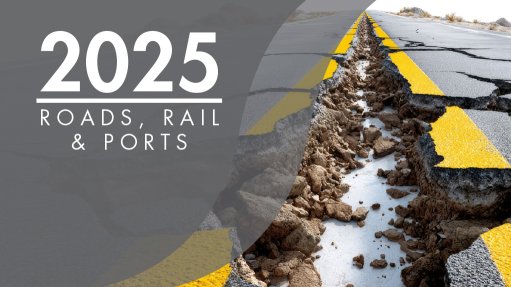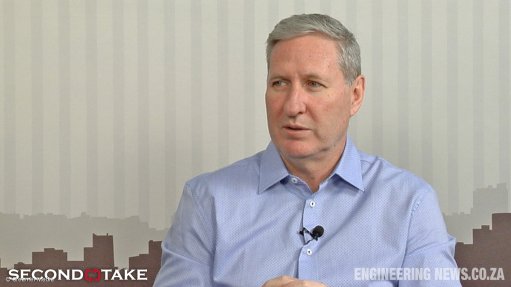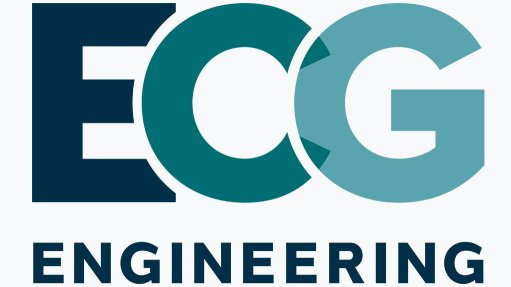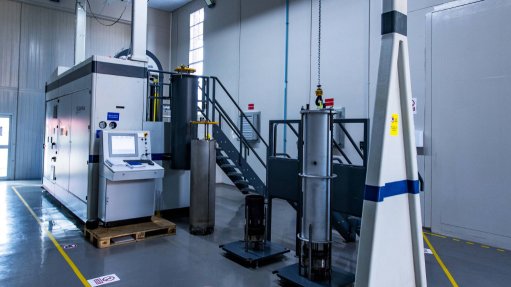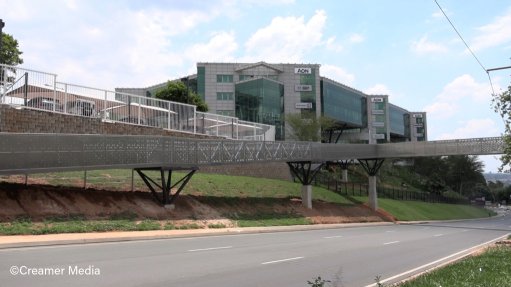SAPVIA welcomes solar overtaking coal as world's main energy source
Industry organisation the South African Photovoltaic Industry Association (SAPVIA) welcomes the findings of global energy think tank Ember, which has reported that renewable-energy sources surpassed coal to become the world's largest source of electricity generation in the first half of this year.
This finding underscores the momentum of the solar-led energy transition and SAPVIA views this global turning point, which was driven primarily by record growth in solar power, as a validation of its vision for a sustainable and secure energy future for South Africa.
“The world has reached an historic tipping point, and this momentum must now be accelerated in South Africa. The massive, scalable deployment of solar PV is the most direct and cost-effective path to achieving national energy security and realising a Just Energy Transition,” says SAPVIA CEO Dr Rethabile Melamu.
The Ember report highlights that solar power delivered the lion's share of global growth, meeting 83% of the increase in electricity demand.
This echoes SAPVIA’s vision, in which solar PV is deployed to rapidly increase energy capacity across all market segments, including at utility scale, for commercial and industrial, residential, and offgrid uses and difficult-to-electrify areas.
“This news confirms that solar energy is now the globally dominant and most viable energy source, which is also accessible to a majority of people and which boosts energy security for hundreds of millions of people around the world,” she says.
The global shift towards clean and sustainable electricity sources is crucial, and for South Africa, which has some of the best solar resources, this is a clear sign to double down on the roll-out of solar PV.
“We have the technology, the resources and the market appetite. We need to seize the full benefit of the current environment where enabling policy is in place by fast-tracking reforms that will catalyse uptake in the private market,” says Melamu.
SAPVIA’s key advocacy priorities include cutting red tape to fast-track deployment. The private sector has responded, but policy and regulatory hurdles continue to slow essential projects.
SAPVIA urges a streamlined national framework, including a standardised and online registration system for small-scale embedded generation and battery energy storage systems, to ensure quicker grid access and greater policy certainty, Melamu says.
“Expedite access to the grid and ensure a level playing field for government and private sector projects. There is a lot of dissatisfaction with the rate of implementation of South African Wholesale Electricity Market and a more balanced approach will be beneficial,” she states.
The organisation also advocates for quality and safety for sustainable growth. As adoption grows, maintaining high industry standards is critical for long-term sustainability and consumer trust.
SAPVIA aims to expand quality assurance initiatives, such as the PV GreenCard Programme, to ensure all installations are safe, compliant and reliable, Melamu points out.
Additionally, the organisation aims to support localisation and upskilling in the value chain. The transition to a solar-powered economy presents a massive opportunity for job creation, skills development, and industrial localisation.
SAPVIA is actively engaged in supporting the implementation of the South African Renewable Energy Masterplan and ensuring the economic benefits of the solar boom, including potential employment, are realised across South Africa's communities, Melamu says.
The organisation also calls for an enabling environment for utility and commercial providers, and industrial wheeling, to be created. The ability for large power users to procure solar energy from independent producers via the national grid, or wheeling, is transformative.
SAPVIA calls for continued support for policies that enable and streamline wheeling, fair access to the grid infrastructure, and transparent rules of participation by all parties, ensuring that the solar industry can deliver much-needed, reliable power to the commercial and industrial heart of the economy, she says.
Article Enquiry
Email Article
Save Article
Feedback
To advertise email advertising@creamermedia.co.za or click here
Comments
Press Office
Announcements
What's On
Subscribe to improve your user experience...
Option 1 (equivalent of R125 a month):
Receive a weekly copy of Creamer Media's Engineering News & Mining Weekly magazine
(print copy for those in South Africa and e-magazine for those outside of South Africa)
Receive daily email newsletters
Access to full search results
Access archive of magazine back copies
Access to Projects in Progress
Access to ONE Research Report of your choice in PDF format
Option 2 (equivalent of R375 a month):
All benefits from Option 1
PLUS
Access to Creamer Media's Research Channel Africa for ALL Research Reports, in PDF format, on various industrial and mining sectors
including Electricity; Water; Energy Transition; Hydrogen; Roads, Rail and Ports; Coal; Gold; Platinum; Battery Metals; etc.
Already a subscriber?
Forgotten your password?
Receive weekly copy of Creamer Media's Engineering News & Mining Weekly magazine (print copy for those in South Africa and e-magazine for those outside of South Africa)
➕
Recieve daily email newsletters
➕
Access to full search results
➕
Access archive of magazine back copies
➕
Access to Projects in Progress
➕
Access to ONE Research Report of your choice in PDF format
RESEARCH CHANNEL AFRICA
R4500 (equivalent of R375 a month)
SUBSCRIBEAll benefits from Option 1
➕
Access to Creamer Media's Research Channel Africa for ALL Research Reports on various industrial and mining sectors, in PDF format, including on:
Electricity
➕
Water
➕
Energy Transition
➕
Hydrogen
➕
Roads, Rail and Ports
➕
Coal
➕
Gold
➕
Platinum
➕
Battery Metals
➕
etc.
Receive all benefits from Option 1 or Option 2 delivered to numerous people at your company
➕
Multiple User names and Passwords for simultaneous log-ins
➕
Intranet integration access to all in your organisation








